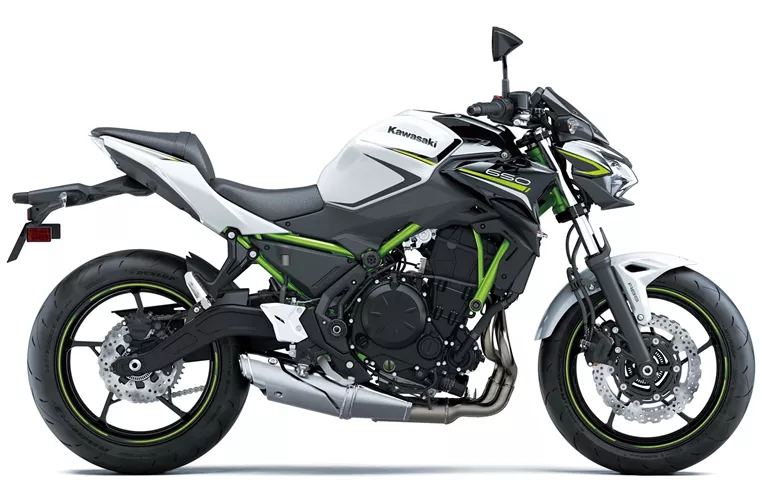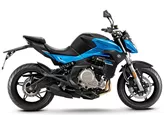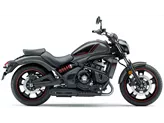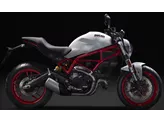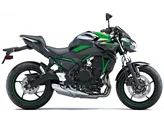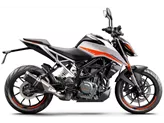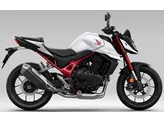Kawasaki Vulcan S 2015 vs. Kawasaki Z650 2020

Kawasaki Vulcan S 2015
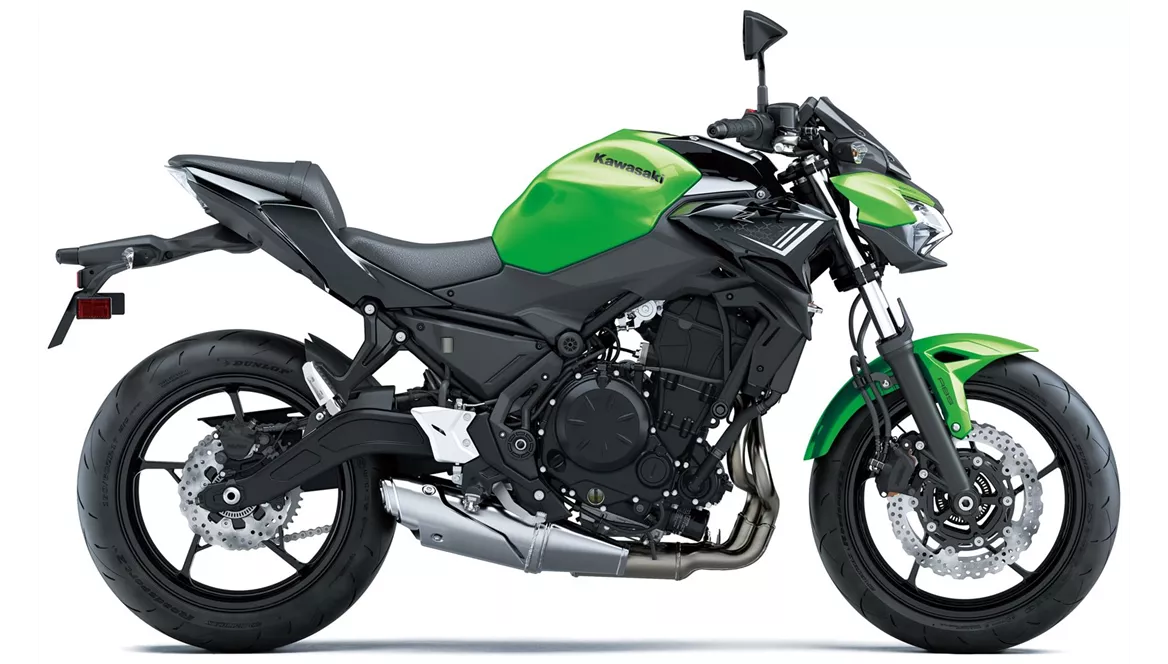
Kawasaki Z650 2020
Visão geral - Kawasaki Vulcan S 2015 vs Kawasaki Z650 2020
The Kawasaki Vulcan S model year 2015 and the Kawasaki Z650 model year 2020 are both popular motorcycles from Kawasaki, but they have some key differences in terms of their technical specifications and strengths.
Starting with the technical specifications, both motorcycles have an inline engine with the same bore and stroke measurements of 83mm and 60mm respectively. They also have the same displacement of 649cc and liquid cooling system. The Vulcan S 2015 has a power output of 61 HP and torque of 63 Nm, while the Z650 2020 has a slightly higher power output of 68.2 HP and torque of 65.7 Nm. Both motorcycles have a chain transmission and 2 cylinders.
In terms of the chassis, the Vulcan S 2015 has a steel frame with a perimeter type, while the Z650 2020 has a steel frame with a tubular type. The Z650 2020 also has dual front disc brakes with dual pistons, while the Vulcan S 2015 has a single front disc brake with dual pistons. Both motorcycles have the same tire width and diameter measurements for the front and rear tires.

Kawasaki Vulcan S 2015
Moving on to the dimensions and weights, the Vulcan S 2015 has a wider rear tire of 160mm, which makes it more maneuverable. It also has a longer wheelbase of 1575mm compared to the Z650 2020's wheelbase of 1410mm. However, the Z650 2020 has a higher seat height of 790mm compared to the Vulcan S 2015's seat height of 705mm. In terms of weight, the Z650 2020 is lighter with a curb weight of 187.1kg (with ABS) compared to the Vulcan S 2015's curb weight of 228kg (with ABS). The Z650 2020 also has a larger fuel tank capacity of 15 liters compared to the Vulcan S 2015's 14 liters.
Now let's discuss the strengths and weaknesses of each motorcycle. The Vulcan S 2015 has a motor with good rotation that also performs well at low rotations. It has decent brakes with ABS, a unique appearance, and a narrow 160mm rear tire for maneuverability. It also features the Ergo-Fit system for optimal rider adaptation and a comfortable chassis.
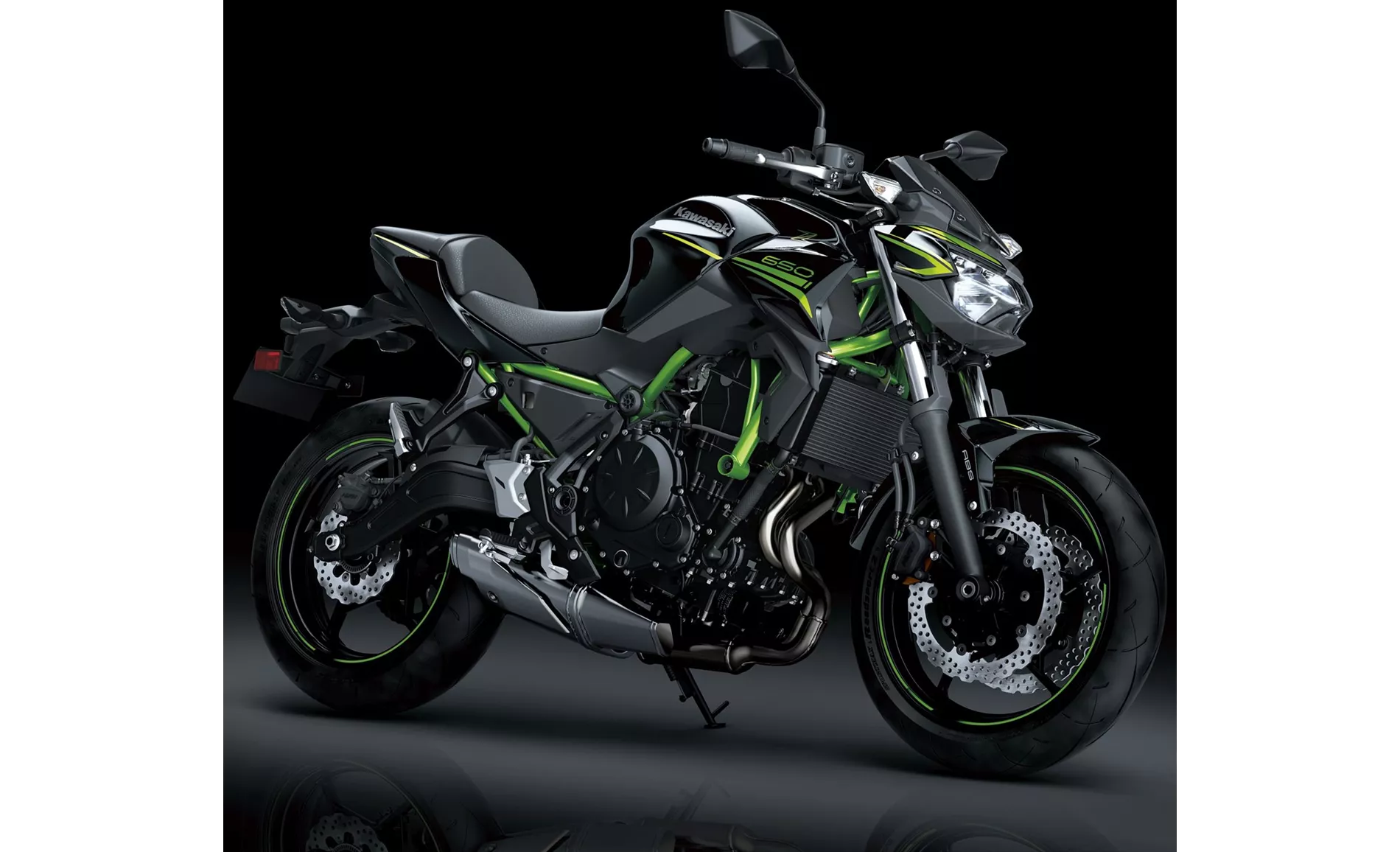
Kawasaki Z650 2020
On the other hand, the Z650 2020 has a powerful two-cylinder engine with an aggressive intake noise. It has compact dimensions, a low seat height, and a stable chassis. It also features a TFT screen with connectivity and a more mature appearance.
In terms of weaknesses, the Vulcan S 2015's Ergo-Fit system comes at an additional cost and it has moderate wind protection. The gear indicator is only available as an option. The Z650 2020 has a point of pressure on the front brake, which may be uncomfortable for taller riders. The Rideology app is not fully sophisticated.
In conclusion, both the Kawasaki Vulcan S 2015 and the Kawasaki Z650 2020 have their own strengths and weaknesses. The Vulcan S 2015 excels in terms of adaptability, comfort, and maneuverability, while the Z650 2020 offers a more powerful engine, compact dimensions, and advanced features. Ultimately, the choice between the two will depend on the rider's preferences and priorities.
Especificações técnicas Kawasaki Vulcan S 2015 em comparação com Kawasaki Z650 2020
Prós e contras em comparação
Prós e contras em comparação
Kawasaki Vulcan S 2015

A Vulcan S está a revigorar o cenário das "pequenas" cruiser de tamanho médio - não só devido ao seu design único, mas também porque é muito fácil de conduzir e se destina a principiantes. A baixa altura do assento e o selim estreito ajudam o condutor a manter-se seguro no chão, enquanto o baixo centro de gravidade também permite um manuseamento fácil e seguro. O motor também se enquadra bem na aparência descomplicada, pode ser acelerado decentemente a partir das 2000 rpm e só pára por volta das 10.000 rpm - algo nunca antes visto numa cruiser. O sistema "Ergo-Fit", que varia a altura do assento, a distância do condutor ao guiador e os apoios para os pés, tem um custo adicional, mas também permite ao proprietário da Vulcan S generosas opções de personalização.
Kawasaki Z650 2020
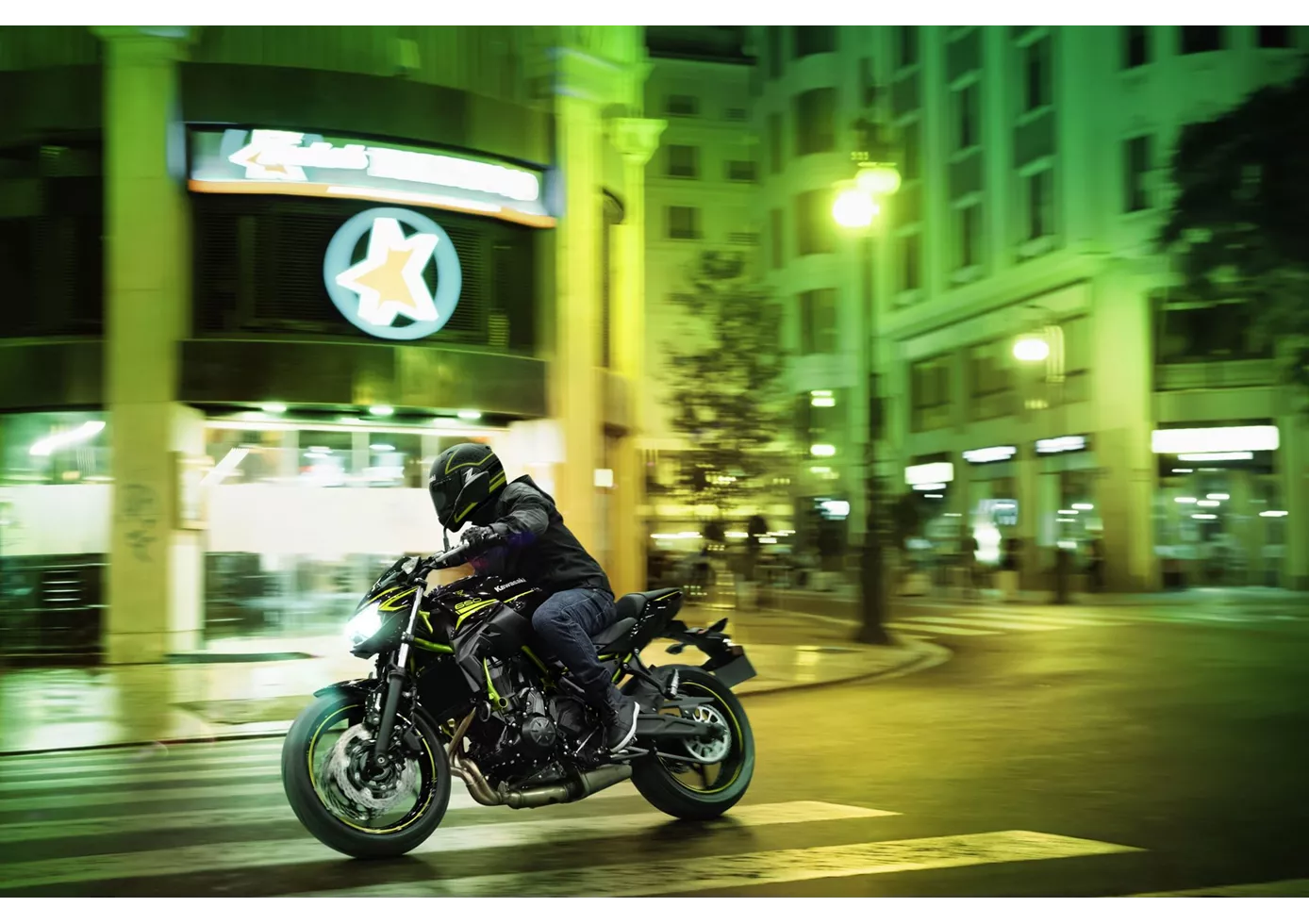
É simplesmente maravilhoso o que a Kawasaki juntou num pacote completo com a nova Z650. Os componentes técnicos podem não impressionar individualmente, mas em conjunto formam uma mota agradavelmente neutra que todos irão apreciar. Não há idiossincrasias desagradáveis - simplesmente uma mota naked que funciona muito bem em estradas rurais sinuosas. Claro que o ecrã TFT, que não encontramos na concorrência neste momento, é uma mais-valia, tal como o aspeto adulto, que está fortemente orientado para os modelos Z maiores. Apenas o ponto de pressão do travão dianteiro poderia ter sido mais claramente definido - mas não se pode ter tudo nesta gama de preços.
Comparação de preços Preço médio de mercado Kawasaki Vulcan S vs Kawasaki Z650
There are a few key differences between a Kawasaki Vulcan S 2015 and a Kawasaki Z650 2020. In terms of price, the actual average price of a Kawasaki Vulcan S 2015 is about 3% higher. A Kawasaki Vulcan S 2015 experiences a loss of 2.530 BRL in one year of ownership. This is offset by a loss of 200 BRL for a Kawasaki Z650 2020. Compared to Kawasaki Z650 2020 there are less Kawasaki Vulcan S 2015 bikes available on the 1000PS.de Marketplace, specifically 8 compared to 21. It takes less time to sell a Kawasaki Vulcan S with 75 days compared to 80 days for a Kawasaki Z650. Since model year 2015 1000PS.de editors have written 13 reviews for the Kawasaki Vulcan S and 31 reviews for the Kawasaki Z650 since model year 2017. The first review for the Kawasaki Vulcan S was published on 16/10/2014 and now has more than 14.800 views. This compares to more than 25.000 views for the first review on Kawasaki Z650 published on 08/11/2016.

